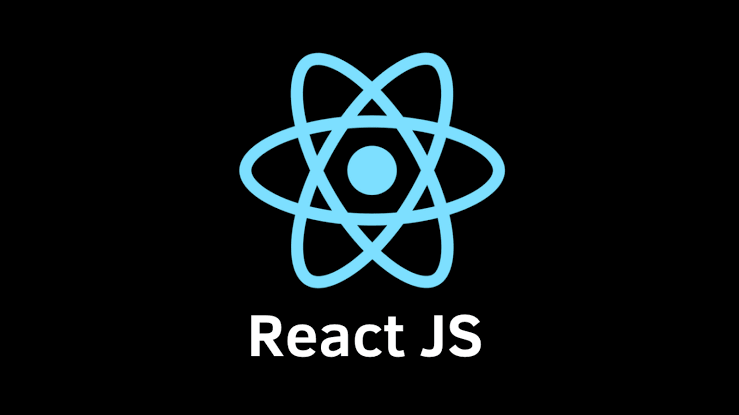Unleashing the Power of React.js: Building Dynamic User Interfaces
 Balaji Batchu
Balaji Batchu
Introduction:
Welcome to the world of React.js! In this article, we will embark on a journey to discover the power and flexibility of React.js—a JavaScript library for building interactive and reusable user interfaces. Whether you are a beginner or have some experience in web development, this article will provide you with a solid foundation in React.js and equip you with the knowledge to start building dynamic and engaging web applications.
1. What is React.js?
React.js is an open-source JavaScript library developed by Facebook. It is widely used for creating user interfaces, particularly for single-page applications (SPAs) and mobile applications. React.js follows the component-based architecture, allowing developers to build reusable UI components that can efficiently render and update as the application's state changes.
2. The Virtual DOM:
One of React's standout features is the Virtual DOM. Instead of directly manipulating the actual browser DOM, React creates a virtual representation of the DOM in memory. This virtual DOM allows React to efficiently update only the necessary parts of the UI, leading to improved performance and a smoother user experience.
3. JSX: JavaScript + XML:
React introduces JSX, a syntax extension that allows you to write HTML-like code within your JavaScript files. JSX makes it easy to define the structure and appearance of your UI components in a more declarative and intuitive manner. We'll explore how to use JSX to create React components.
4. Components: The Building Blocks of React:
In React, everything revolves around components. Components are reusable, self-contained building blocks that encapsulate their own logic and UI. We'll learn about functional components and class components, how to pass data through component props, and how to compose components to create complex UI hierarchies.
5. State and Lifecycle:
State enables components to manage and store data that can change over time. We'll delve into the concept of state in React and explore how it affects component rendering and behavior. Additionally, we'll understand lifecycle methods, which allow us to perform actions at specific stages of a component's life, such as initialization, rendering, and unmounting.
6. React Hooks: A Functional Revolution:
React Hooks revolutionized how we write stateful logic in functional components. We'll discover useState, useEffect, and other hooks that simplify state management and allow us to use lifecycle-like functionality in functional components without the need for classes.
7. Handling User Events:
Interactivity is a crucial aspect of web applications. We'll explore how React handles user events, such as button clicks, form submissions, and input changes. We'll also learn how to update component state based on these events, enabling dynamic user experiences.
8. Integrating External Data:
Most applications rely on external data sources. We'll cover techniques for fetching data from APIs and integrating it into React components. Whether you're working with REST APIs or GraphQL, we'll guide you through the process of handling asynchronous requests and updating the UI accordingly.
Conclusion:
Congratulations! 🎉
You've taken your first steps into the exciting world of React.js. Armed with the knowledge of React's core concepts, you're well-prepared to build dynamic, reusable, and high-performing user interfaces. As you continue your React.js journey, don't hesitate to explore more advanced topics, libraries, and best practices. Keep experimenting, learning, and building, and you'll unlock the true potential of React.js in your web development projects.
Follow my blog to unleash more exciting information💖
Happy coding!✨
Subscribe to my newsletter
Read articles from Balaji Batchu directly inside your inbox. Subscribe to the newsletter, and don't miss out.
Written by

Balaji Batchu
Balaji Batchu
Recent Graduate with deep computer science knowledge. I am an expeditious learner and tech enthusiast, and I am still exploring a lot. Frontend Developer, who excels the React with state management tools Redux and zustand. Always been thrilled to solve problems using python. Love to play with Data structures and Algorithms. I am passionate about my work and always look to help my peer devs to share my experiences and learnings to give them a hand to push them forward in their devine knowledge path.